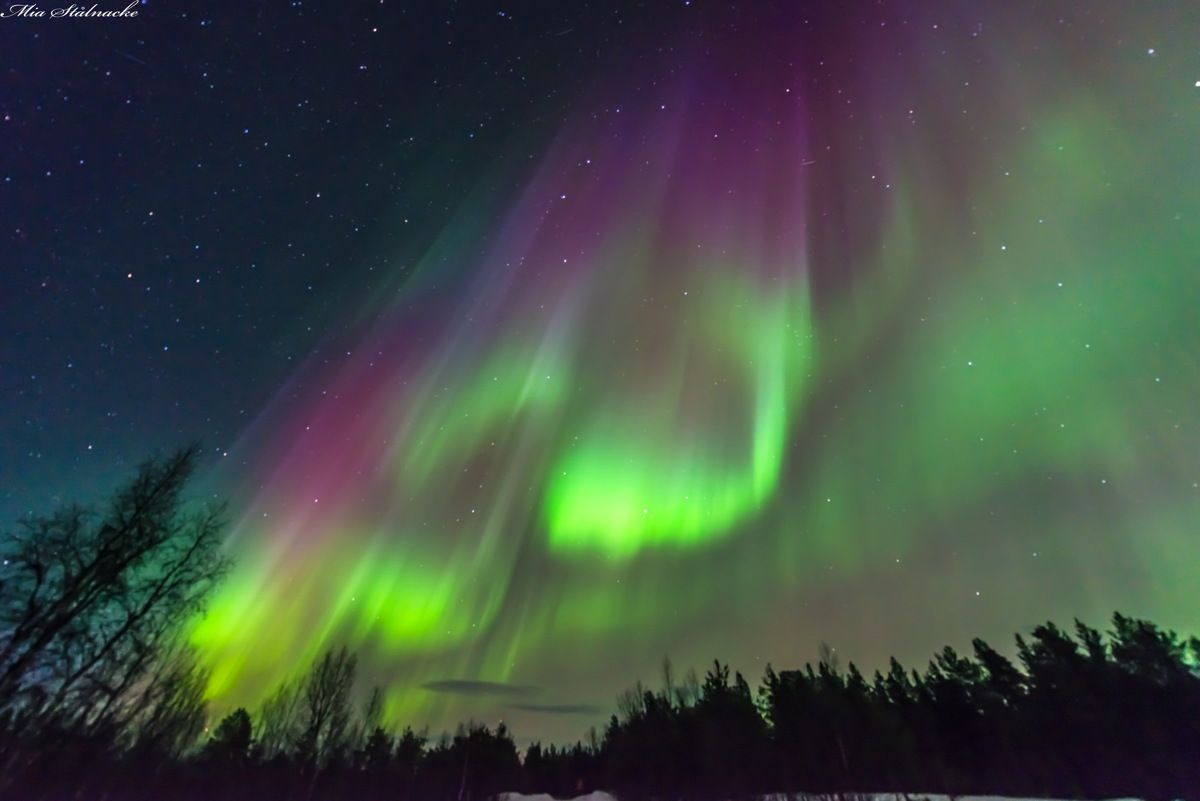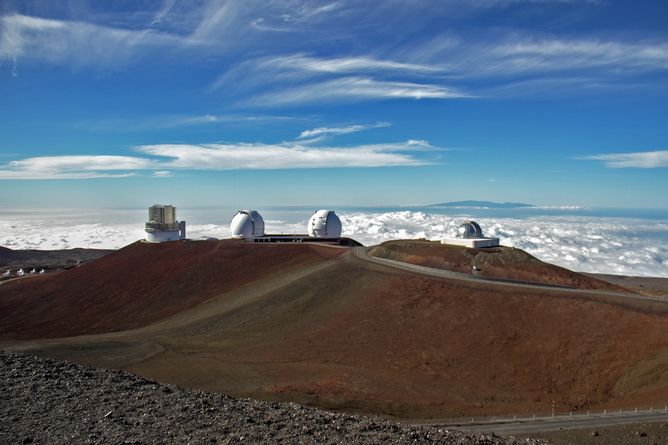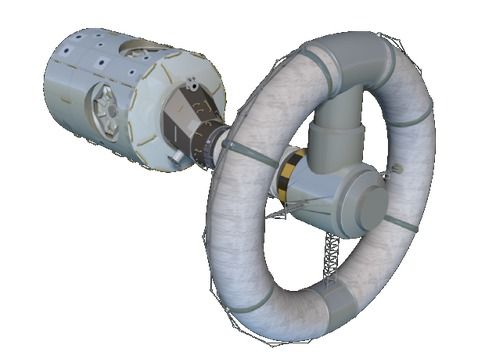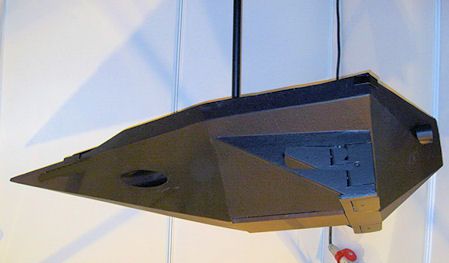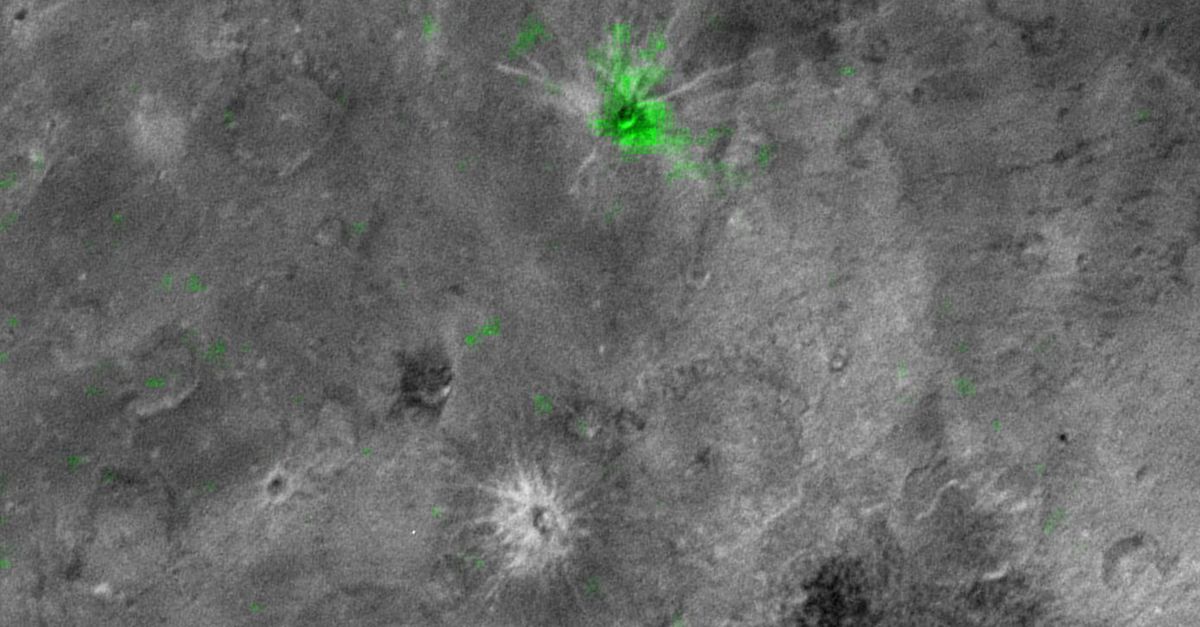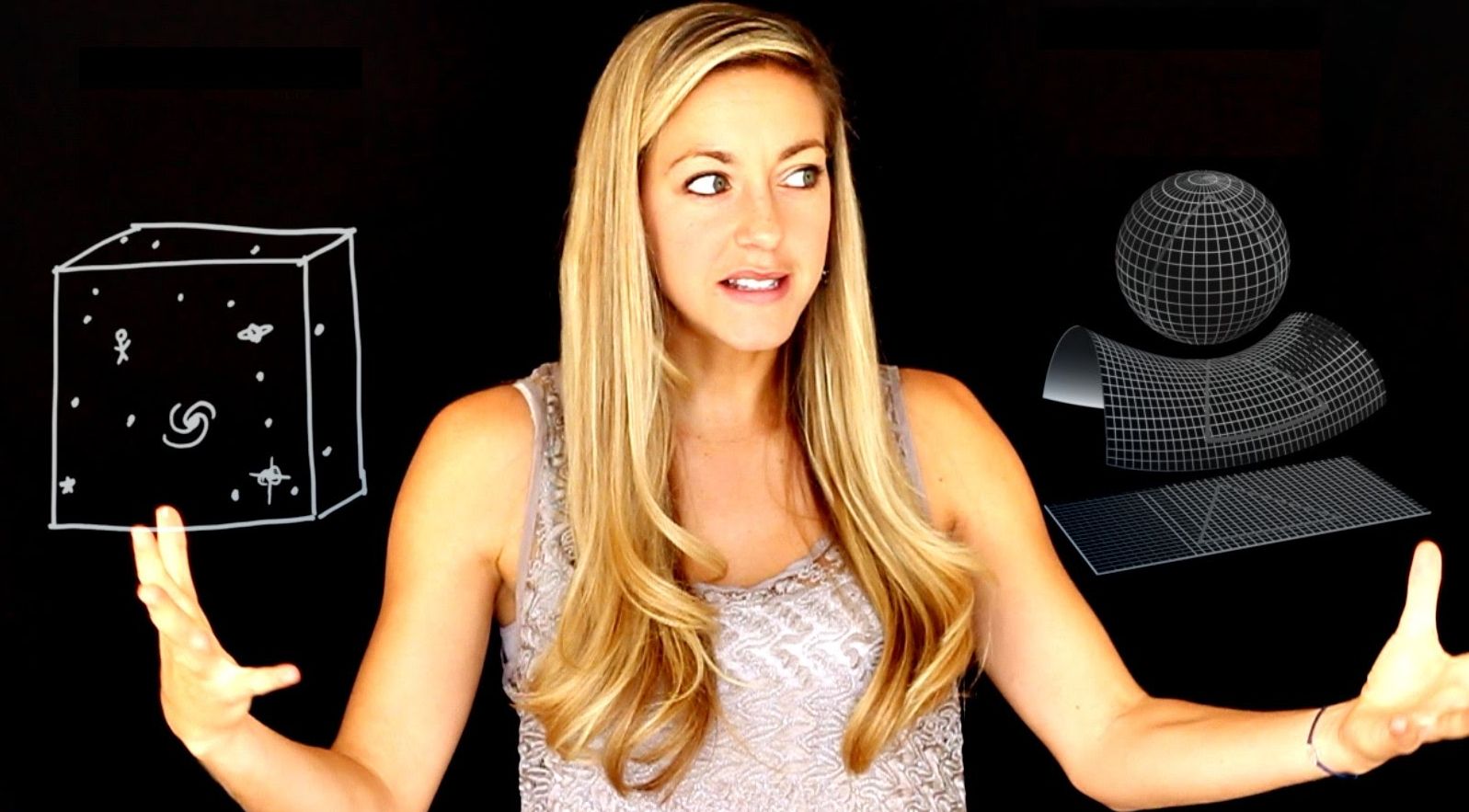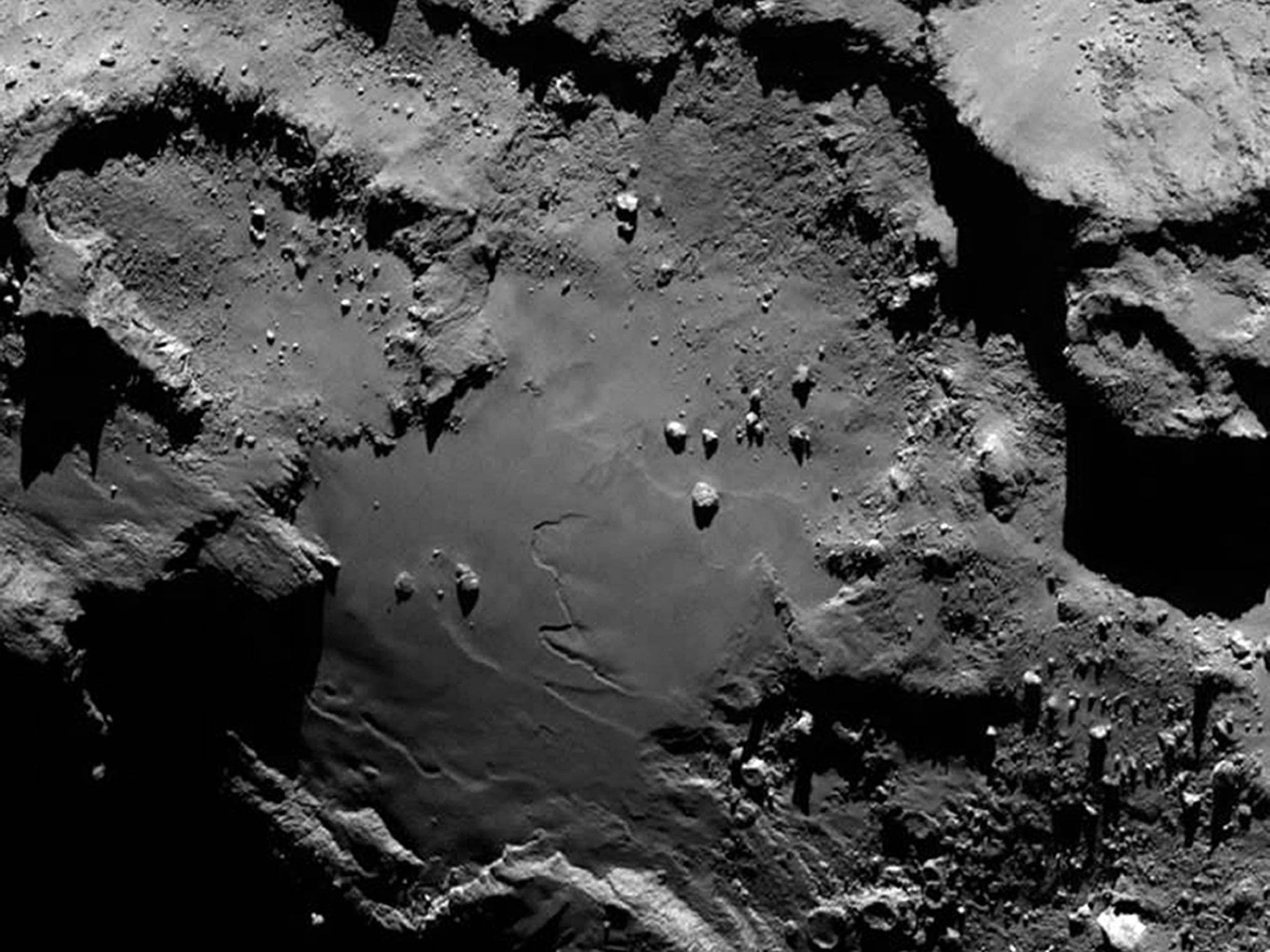This is the best news you will read all day: Star Trek is coming back. The franchise will get a brand new series in January 2017, one year after it turns 50.
CBS made an announcement today, stating that Alex Kurtzman, who co-wrote the two latest Star Trek films will be the executive producer for the new series, which will be streamed over CBS’ on-demand online service, CBS All Access. You can watch the premiere on TV, but after that you’ll have to subscribe to the $5.99/month service in order to see more episodes. It’s a clever ploy to bring in subscribers, because, really, who doesn’t want to see the next Star Trek series?
A Star Trek television show hasn’t graced the airwaves since Enterprise ended its four season run in 2005. This news is likely utterly thrilling to fans of the series that have contented themselves with movies and binge-watching episodes from the original Star Trek series, The Next Generation, Deep Space 9, and Voyager.
